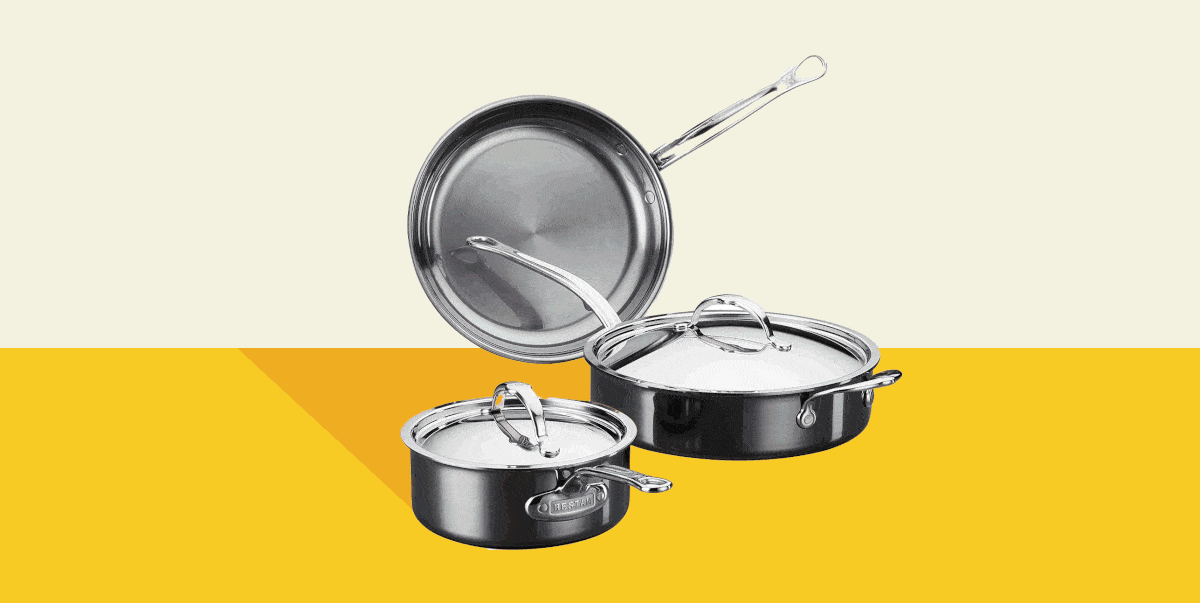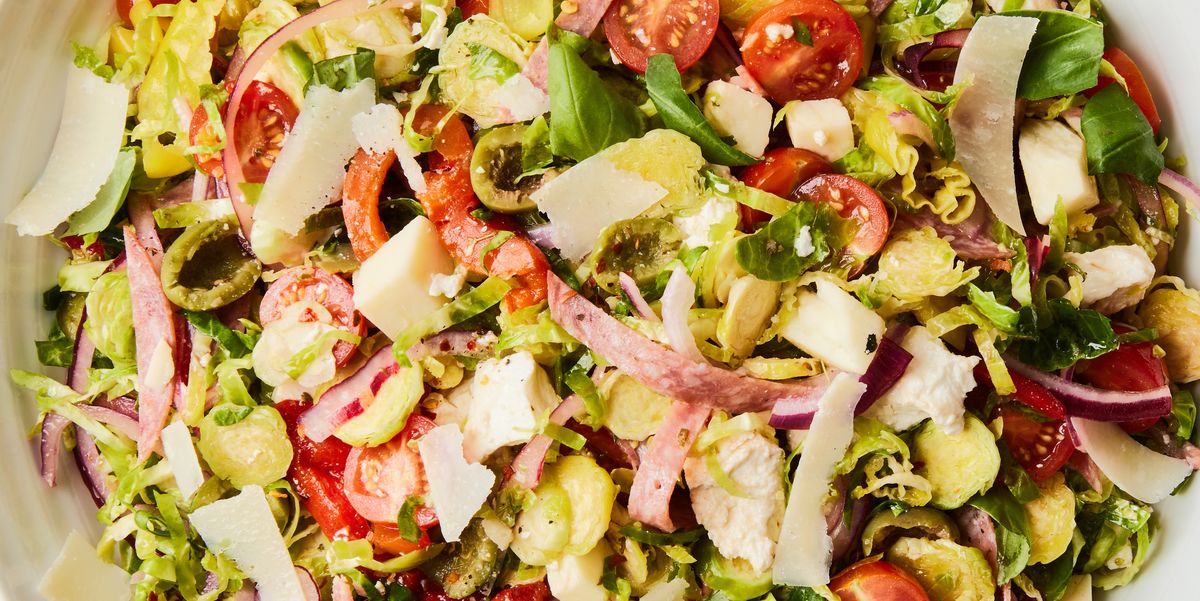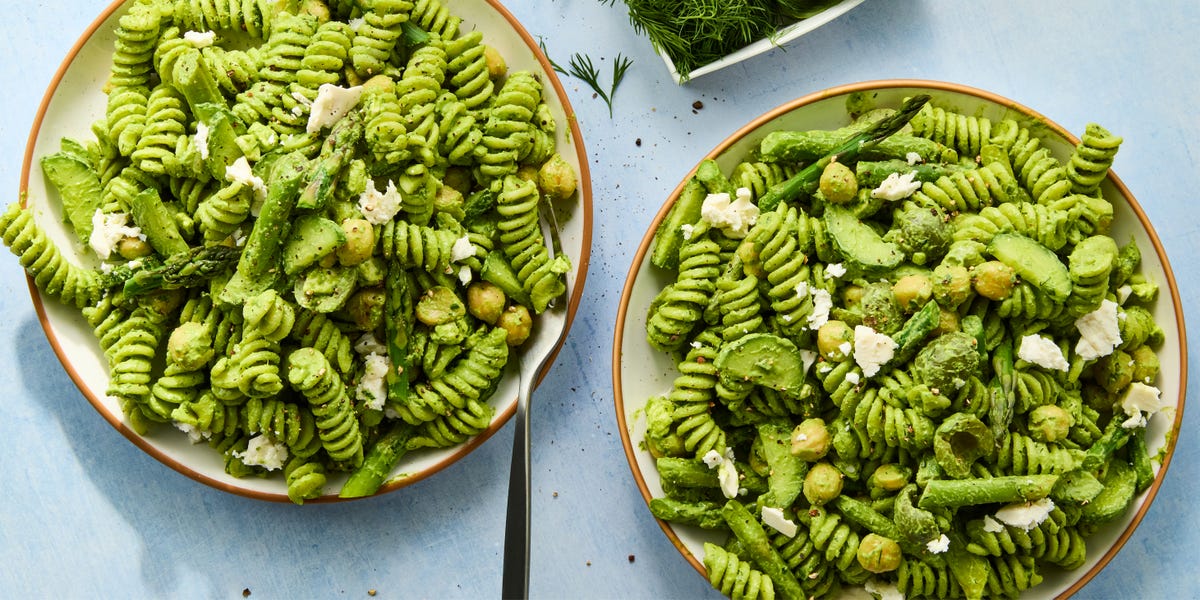
Not all stainless steel is created equal. There are multiple grades, with varying levels of durability and heat- and corrosion-resistance. Each type consists of a mixture of metal alloys that usually includes at least 10.5% of chromium and over 50% iron. Stainless steel is graded based on its makeup, with four types of classification:
Austenitic, which contains elevated levels of nickel, chromium, and molybdenum to offer optimal strength and ductility. This is the most common type of stainless steel used for cooking.
Ferritic, which contains more than 10.5%, but less than 30% chromium. (These options are typically magnetic, which can cause some shoppers to think the cookware isn’t actually stainless steel, but in fact, they’re preferable if your priority is preventing cracks from stress corrosion and oxidation from high temperatures.)
Duplex, which is a combination of austenitic and ferritic stainless steel. This option offers the best of both worlds in terms of durability and corrosion resistance, but this is better suited for industrial and underwater use than for culinary purposes.
Martensitic, which has a similar makeup to ferritic, except it has increased levels of carbon. This is typically used for medical grade and surgical grade instruments.
Grade 304 is the most common austenitic food-grade stainless steel, which means it meets all the necessary criteria to be used in food prep, storage, and eating. (You might also see this on packaging as 18/8 and 18/10.) Unlike grade 316 stainless steel (more on this below), it doesn’t contain molybdenum—which means it doesn’t hold up quite as well over time to prolonged, repeated exposure to some ingredients like salt or acidic foods like lemon or tomato juice.
Grade 316 is another great food-grade stainless steel, but it’s expensive. The added molybdenum helps prevent corrosion and pitting while also offering higher heat tolerance (hence the price markup).














Leave a Reply